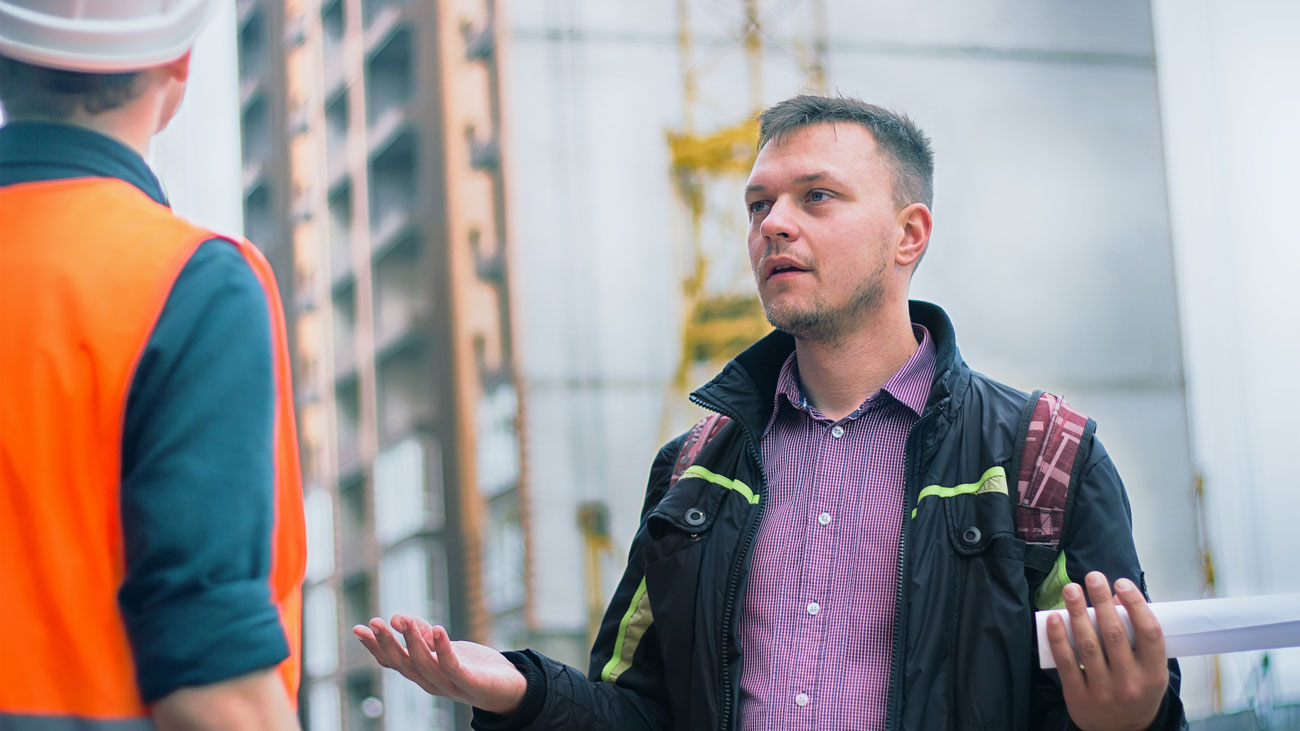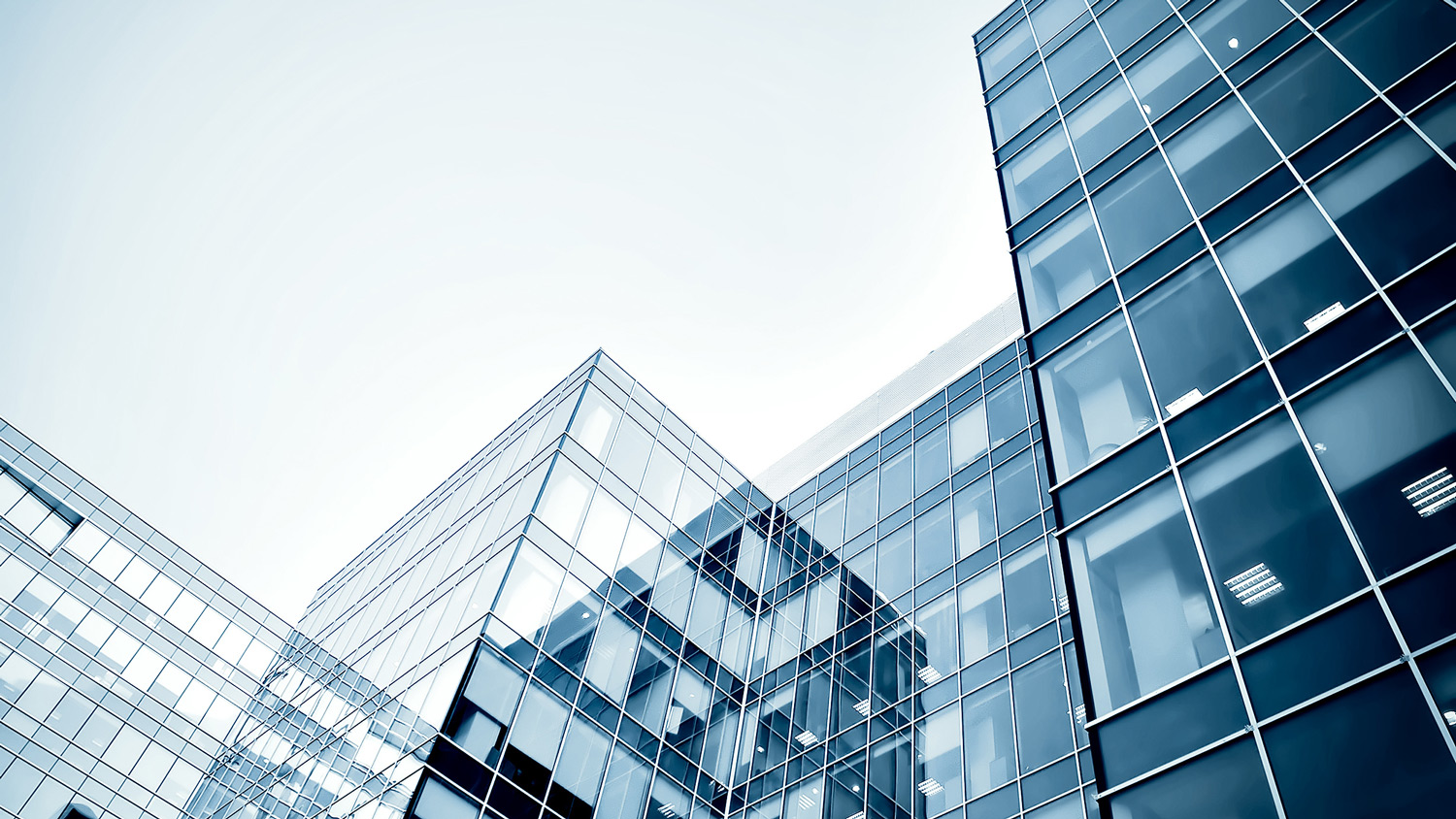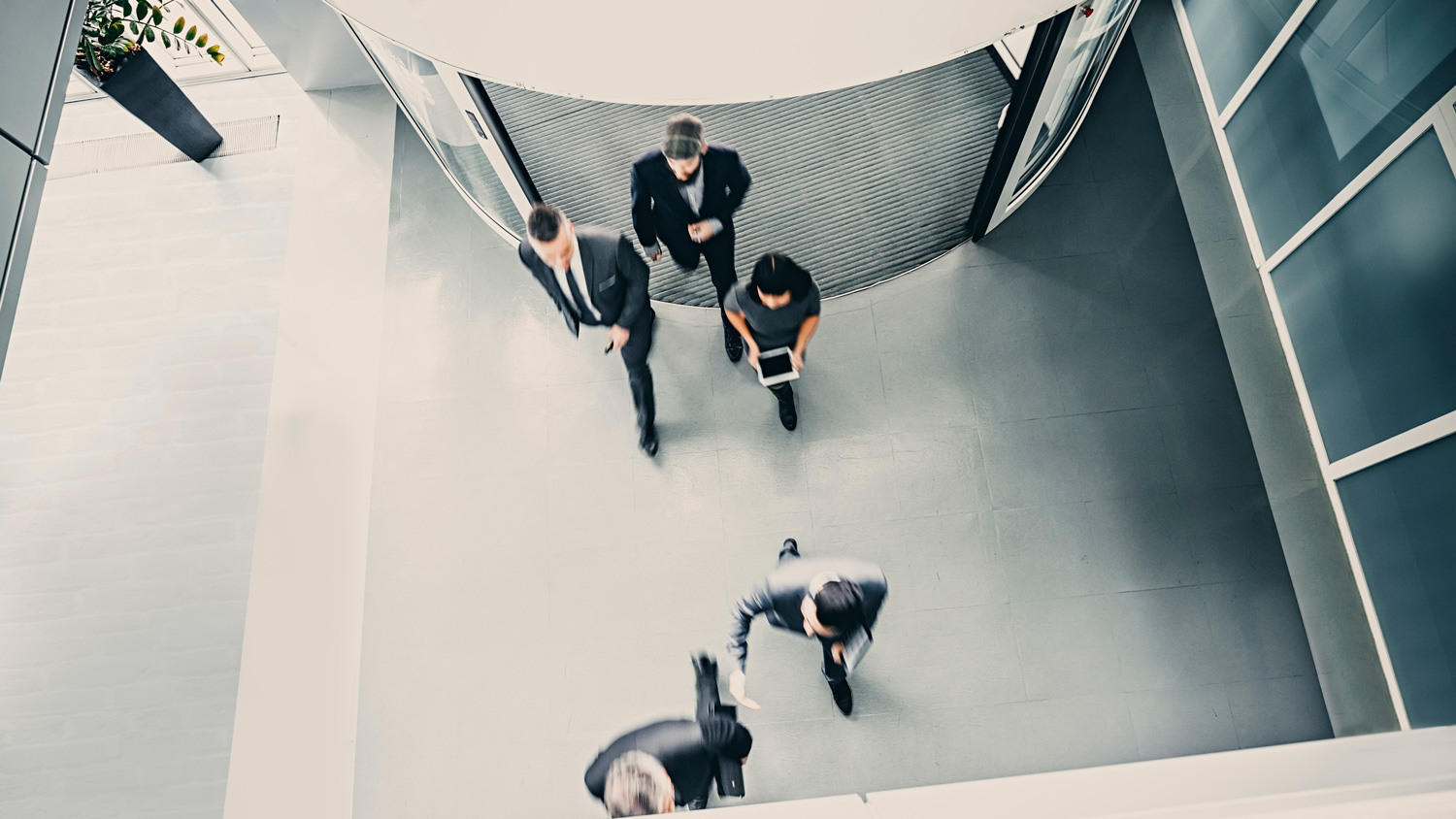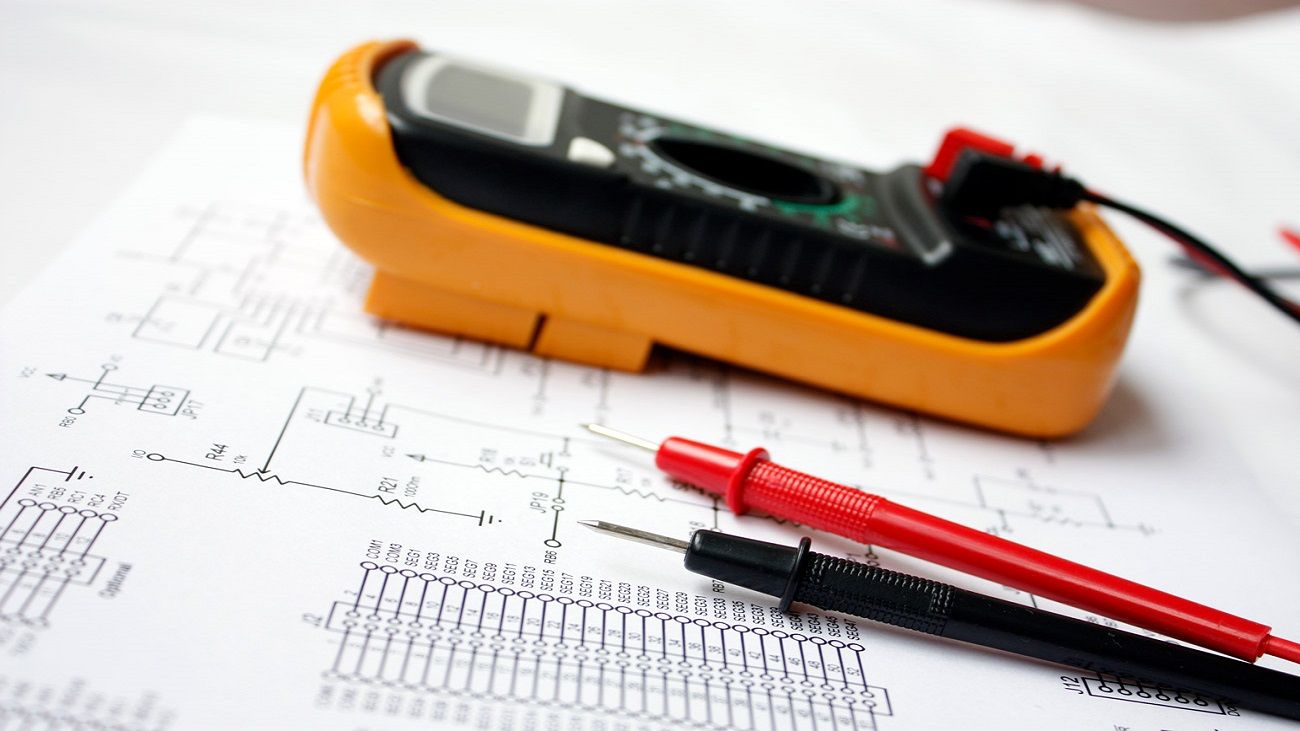
Maintenance of workplace, equipment, devices and systems: top tips
The Chartered Institution of Building Services Engineers (CIBSE) has produced an information sheet intended to help property operators, facilities managers and designers understand their responsibilities for maintenance of the workplace, equipment, devices and systems.
Employers have a general duty under the Health and Safety at Work etc. Act 1974 to ensure, so far as is reasonably practicable, the health, safety and welfare of their employees at work. People in control of non-domestic premises have a duty (under the same Act) towards people who are not their employees but use their premises.
The workplace, and certain equipment, devices and systems should be maintained in efficient working order (for health, safety and welfare). Such maintenance is especially required for mechanical ventilation systems, equipment and devices that would cause a risk to health, safety or welfare if a fault occurred, and equipment and devices intended to prevent or reduce hazard.
Examples of equipment and devices that require a system of maintenance include:
- Emergency lighting;
- Fencing;
- Fixed equipment used for window cleaning;
- Anchorage points for safety harnesses;
- Devices to limit the opening of windows;
- Powered doors;
- Escalators; and
- Moving walkways.
The condition of the building needs to be monitored to ensure that it has appropriate stability and solidity for their use. This includes risks from the normal running of work processes (e.g. vibration, floor loadings) and foreseeable risks (e.g. fire in a cylinder store).
The information sheet, CTT6 CIBSE Top Tips 6: Maintenance of Workplace & of Equipment, Devices & Systems, offers the following top tips:
- Ensure the work area is safe from hazards and each task has no external influence on processes or people.
- Consider the requirements for a risk assessment and method statement or the need to work under a permit to work arrangement.
- Plan all maintenance work and consider an appropriate level of supervision.
- Use appropriate equipment (e.g. for access).
- Work as planned.
- Make final checks with a dynamic risk assessment by reviewing generic risk assessments and method statements (RAMS) to determine if it is safe to proceed.
- Equipment selected should have maintenance carried out to be made safe to work on.
- Complete the appropriate paperwork with sufficient information and ensure appropriate and detailed records of maintenance work are held. A maintenance log book is one way of achieving this.
- Have a plan for every maintenance activity.
- Maintenance personnel must be trained on the equipment and competent to undertake the task.
- Any safety devices or shields removed during maintenance must be reinstalled prior to completion of maintenance.
- Prior to returning the equipment to service, a supervisor who is familiar with the equipment and the maintenance should check the equipment to ensure that the maintenance is complete.
Access the full guidance here.





